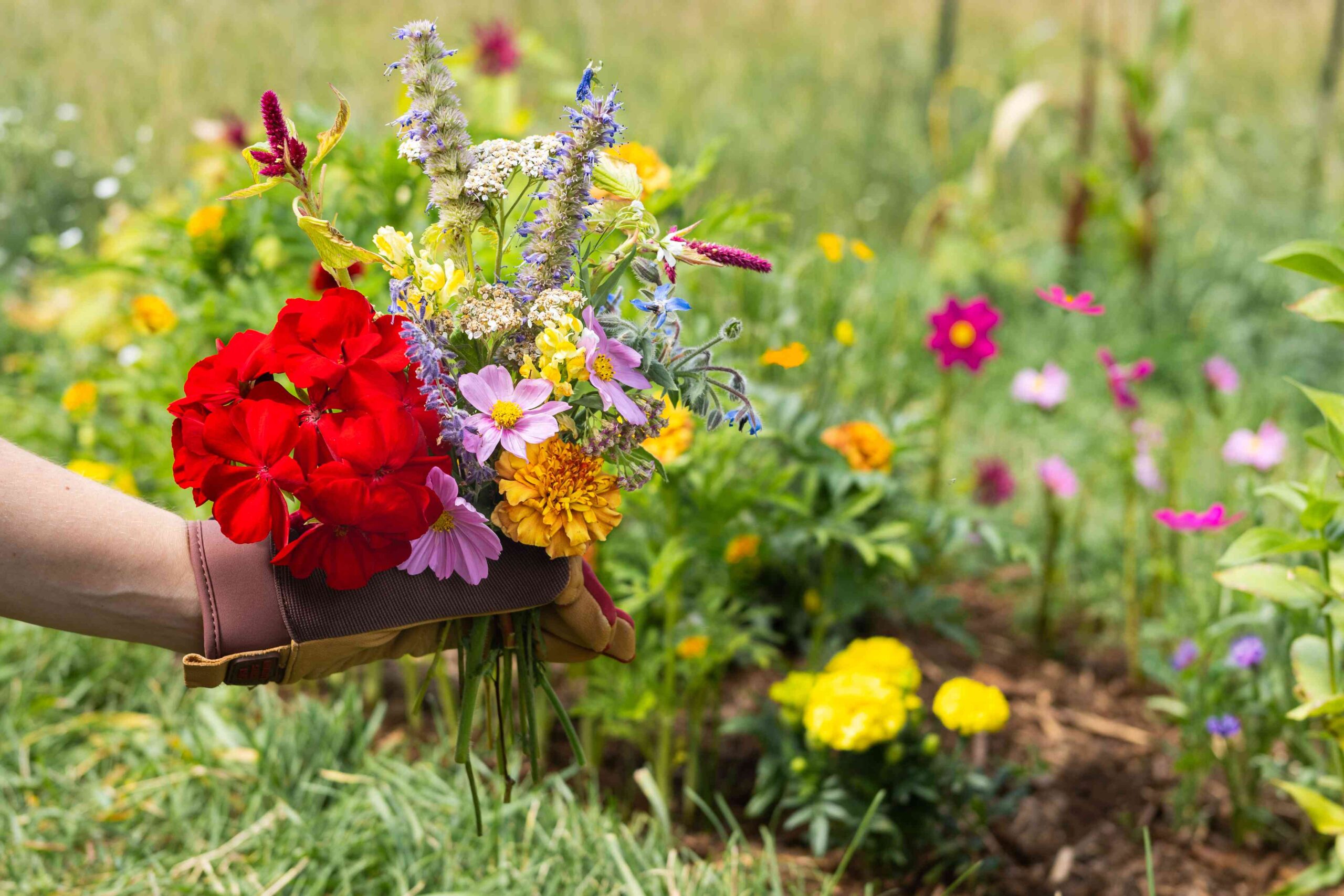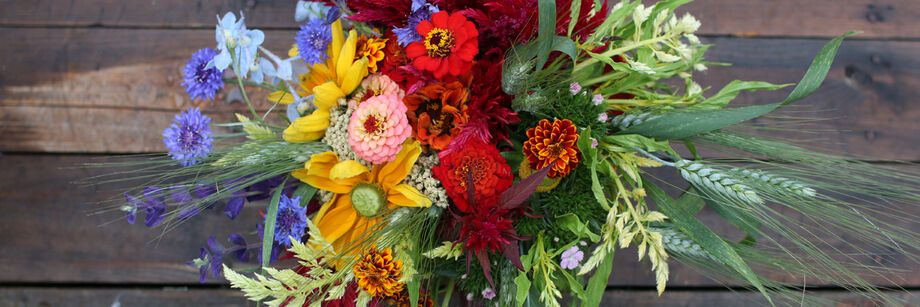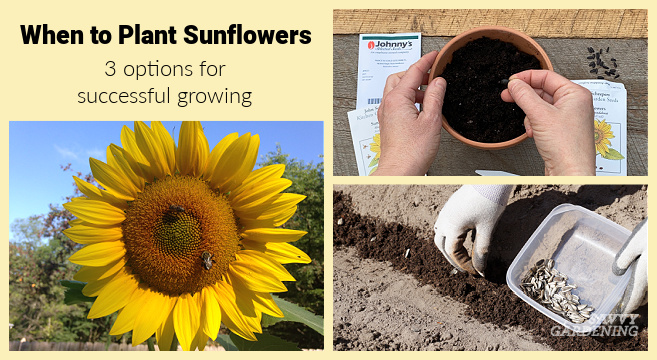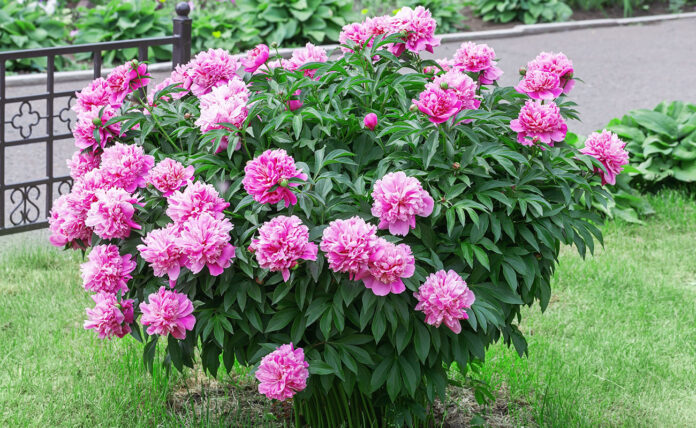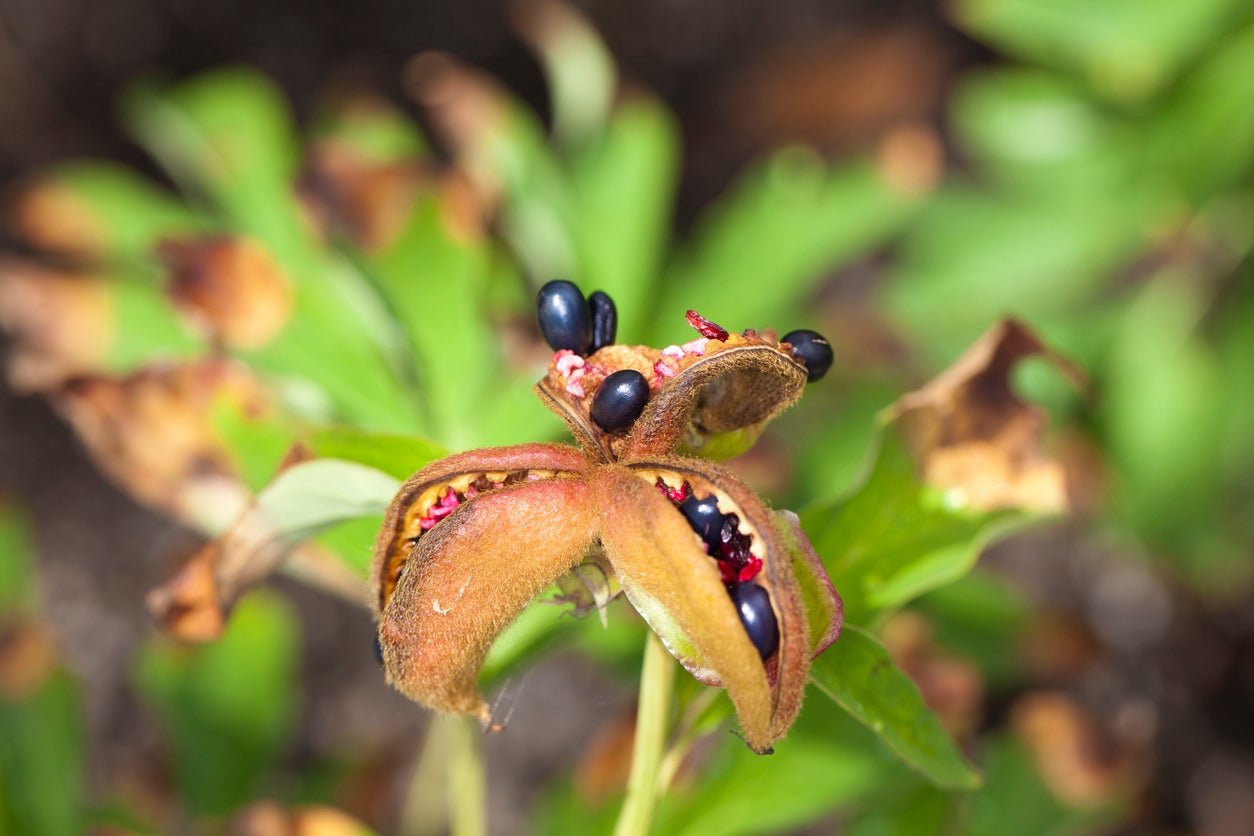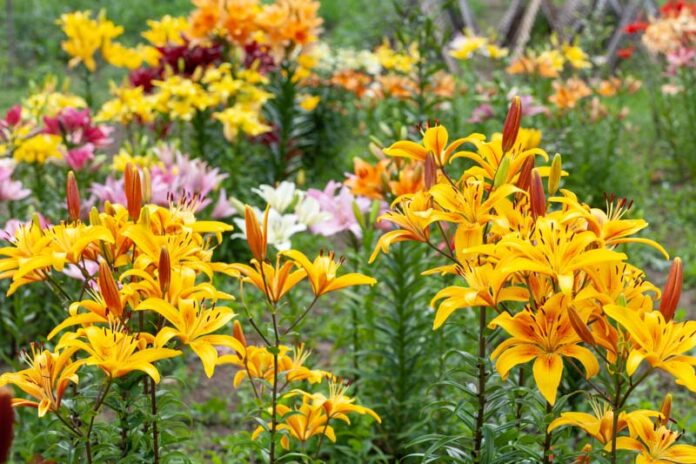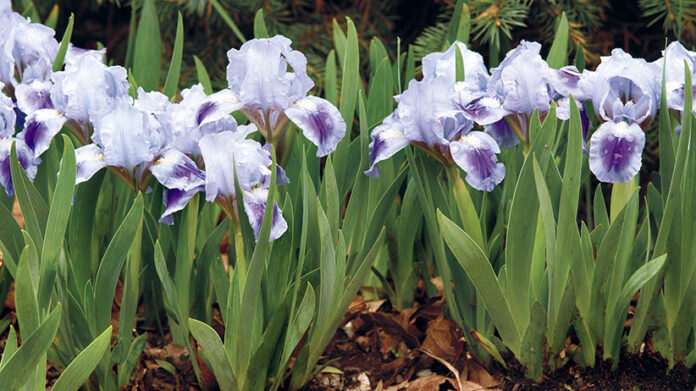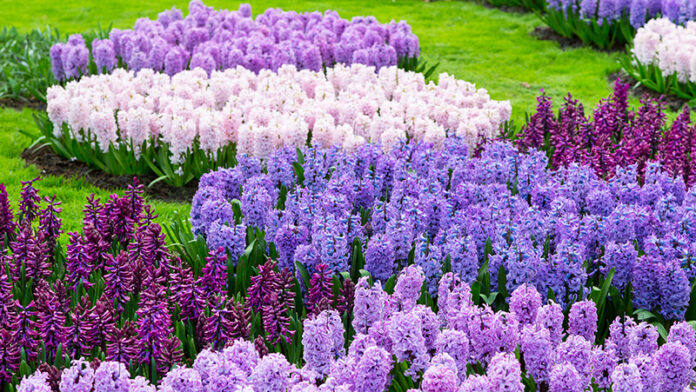Planting, growing, and caring for a variety of flowers for floral arrangements involves attention to detail and proper maintenance. Planting, Growing, Seeds and Caring for Floral
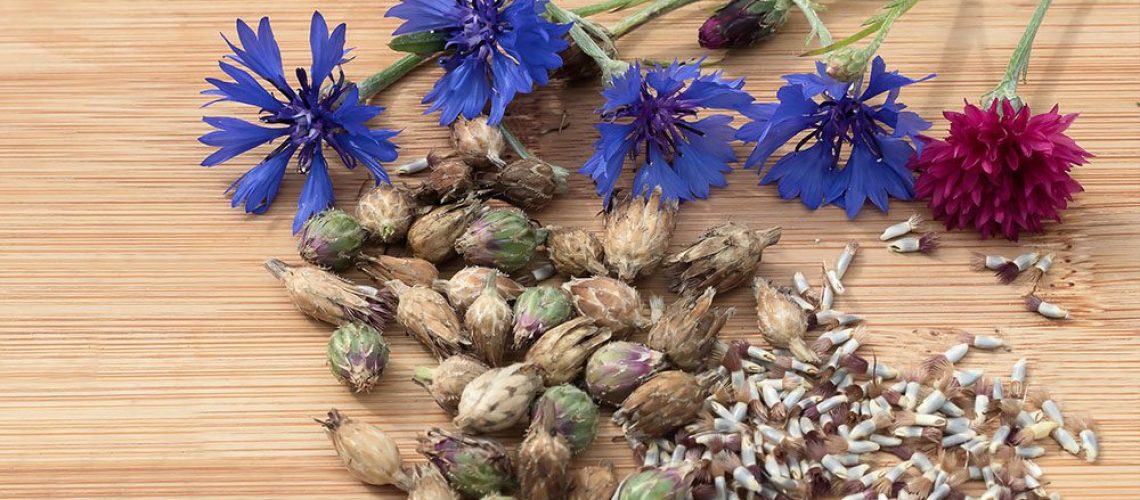
1. Selecting Flower Varieties:
- Choose a diverse selection of flowers that offer different colors, shapes, sizes, and textures to create dynamic and visually appealing arrangements. Popular options include roses, lilies, daisies, carnations, sunflowers, and hydrangeas.
- Consider the seasonality of flowers and select varieties that are readily available and in peak bloom during the time of your event or for your desired arrangement.
2. Planning and Planting:
- Plan your garden layout based on the space available, sunlight exposure, and soil quality. Ensure that the planting area has good drainage and sufficient access to sunlight.
- Plant flowers from seeds, bulbs, or young plants according to their specific requirements. Follow planting instructions regarding spacing, depth, and soil preparation to promote healthy growth.
- Provide adequate water and nutrients to newly planted flowers, and mulch around the base of plants to retain moisture and suppress weeds.
3. Caring for Flowers:
- Water flowers regularly, especially during dry spells, to keep the soil evenly moist but not waterlogged. Avoid overhead watering to prevent fungal diseases.
- Fertilize flowers with a balanced fertilizer according to their specific needs. Follow the recommended dosage and frequency for best results.
- Deadhead spent flowers regularly to promote continuous blooming and prevent seed formation. Remove any damaged or diseased foliage promptly to maintain plant health.
- Monitor for pests and diseases and take appropriate measures to control them, such as hand-picking pests or applying organic insecticides.
4. Harvesting Flowers for Floral Arrangements:
- Harvest flowers for floral arrangements when they are in peak bloom and just beginning to open. Choose flowers with long stems and healthy foliage for optimal vase life.
- Use sharp, clean shears to cut flowers at an angle, and place them immediately in a bucket of water to prevent wilting and dehydration.
- Harvest flowers early in the morning or late in the afternoon when they are well-hydrated and the weather is cooler.
5. Arranging Flowers:
- Prepare a clean vase or container and fill it with fresh water mixed with floral preservative to prolong the life of the arrangement.
- Arrange flowers in the vase, starting with the focal flowers in the center and adding filler flowers and foliage around them. Experiment with different heights, colors, and textures to create a balanced and visually appealing composition.
- Trim stems as needed to ensure all flowers are at the desired height and remove any foliage that will be below the waterline to prevent bacterial growth.
- Display the floral arrangement in a cool, well-lit area away from direct sunlight, drafts, and heat sources to prolong its freshness.
By following these steps and providing proper care, you can cultivate a variety of flowers for floral arrangements that are vibrant, healthy, and perfect for any occasion. Enjoy the beauty and fragrance of freshly cut flowers in your home or event space, and experiment with different combinations and styles to express your creativity and personal taste.
Floral Seeds and Caring fastnews Floral flower in hindi fastnews Floral in hindi fastnews Floral flower in hindi fastnews Floral in hindi


